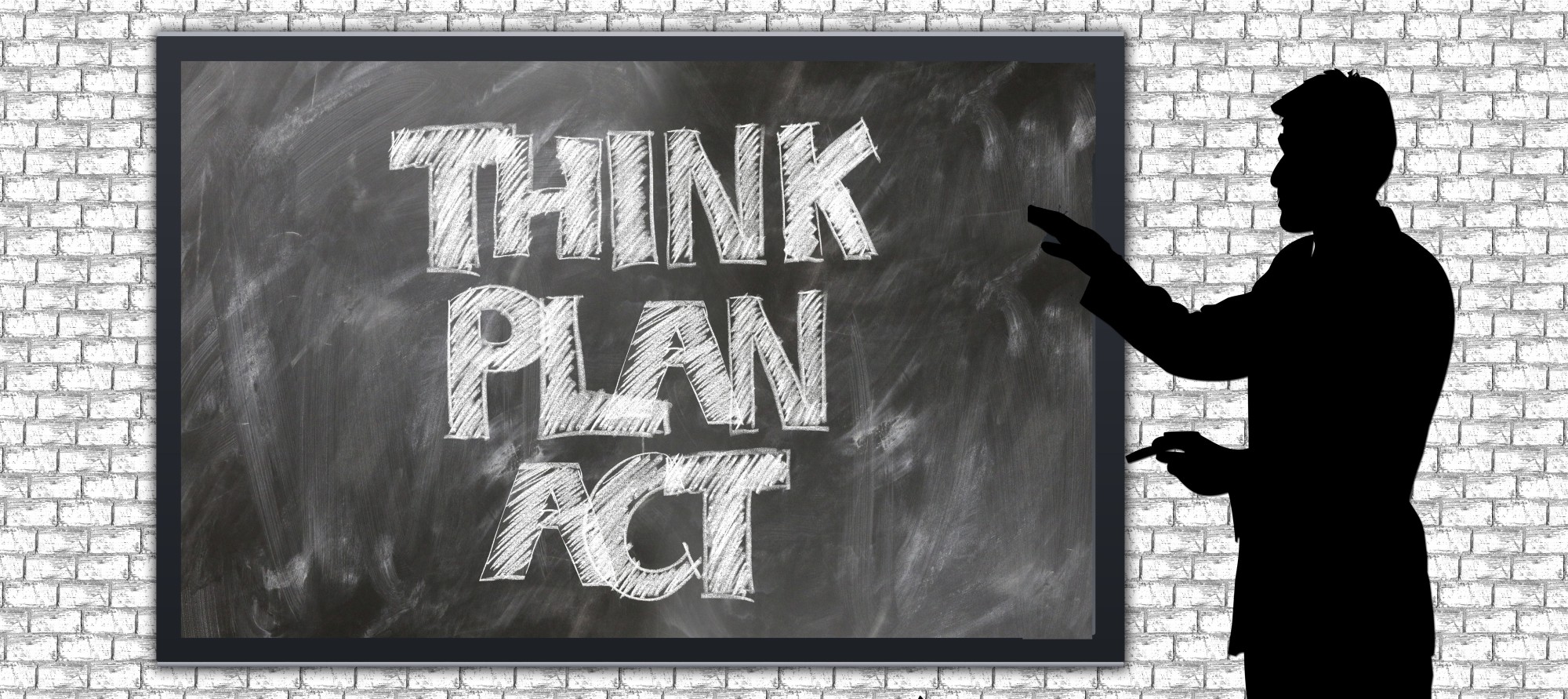 The product development lifecycle has many stages. Each stage serves an important function in regards to the success of a product. Every step of the process must be completed before moving on to the next phase.
The product development lifecycle has many stages. Each stage serves an important function in regards to the success of a product. Every step of the process must be completed before moving on to the next phase.
This is done until the launch of the product finally occurs. Without completing these steps, products can never see their day in stores or on websites. With that said, continue reading below to learn more about the manufacturing process.
Research and Development
The first stage is research and development. Without a doubt, this is one of the most significant stages in the process. It determines if the product that’s under development has a chance to be successful.
During this step, researchers must figure out what customers want from that particular product, as well as conduct focus groups and surveys to see how they feel about it.
They analyze the results and decide what the public is looking for in a product. They also review the areas that require tweaking and if there’s enough interest to warrant further investment. If they find that users want similar products with slight differences, then this phase may last months or years as research continues.
This step takes the longest by far and may take a while before moving on to the next stage of development. Without having a solid foundation, there is no way that a product can move forward successfully.
Product Development and Design
Once research and development are completed, then the product moves on to the second phase, which is design and development. This is where the product starts to take shape. Designers get together and discuss how it should be made, what its components will be, and all of the details that go into making it happen.
This stage of the product development lifecycle can last anywhere from a few weeks up to 12 months. That depends on the complexity of the project. The goal is to make sure that all of the moving parts of the product work together.
During the manufacturing process, it’s also important that it meets the standards set by research and development.
The next step is creating a prototype. This is where all of the components come together to make one working model of what’s been planned. With a full-scale model, designers can make sure that everything is correct from every angle before the next stage begins.
Manufacturing Process
After completion of the prototype, it’s time to begin manufacturing. This is one of the most significant stages in product development. Without it, the product never hits stores or websites for consumers to purchase.
The first step during this phase is making an initial run of products. This is anywhere from 100 up to 1,000 units. They test out all of the components on the prototype and make sure that they produce a quality final product.
And of course, once manufacturing is complete, the product is in prime condition to hit the market.
To learn more about the extrusion manufacturing method, check out Prototech Asia.
Following the Product Development Lifecycle
Do you want to produce quality products? Of course you do! Following the product development lifecycle is the best way to make sure that your products are up to par. Don’t skip it!
If you’re a small business owner, we hope this content helped you. Thanks for reading!

Leave a Reply